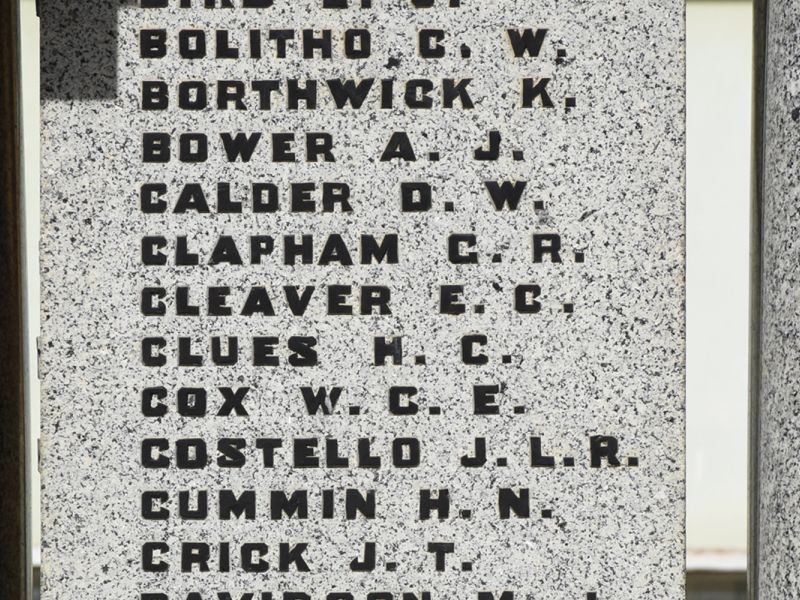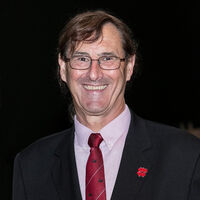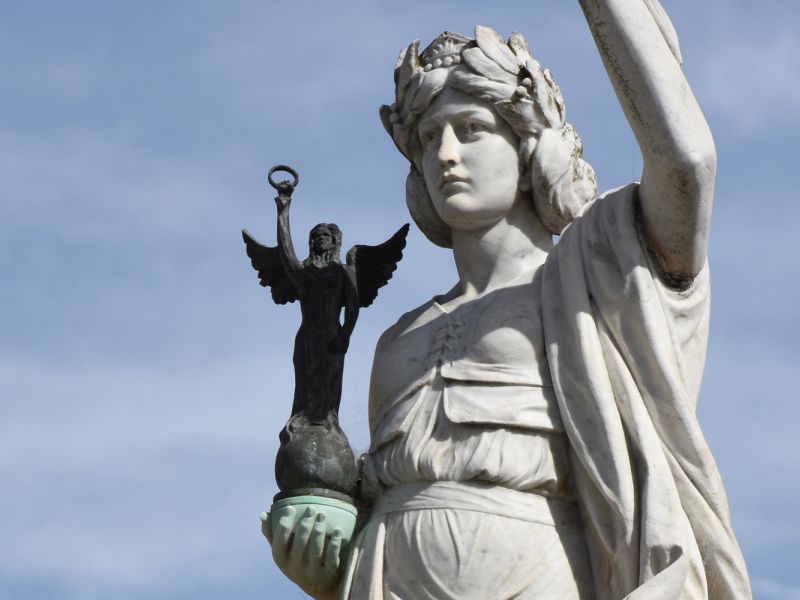From Sale to Beersheba
Every name, on every memorial, has a story behind it. Many stories are known only to friends and family, others remain as yet untold. Some though are part of the history of significant events or actions. Such is the story of Trooper Edward Cleaver, whose name can be seen on the Sale Cenotaph.
Trooper Edward Cleaver was a member of the 4th Australian Light Horse Regiment and died from wounds received in an action that has become famous in Australian history, the charge of Beersheba.
Edward Randolph Cleaver was born in Ferntree Gully, Victoria. He was working as a butcher in Sale, Victoria, when war was declared. Cleaver was an experienced soldier, having served for three years in the 10th Australian (Victorian Mounted Rifles) Light Horse and was one of the first to enlist in the Australian Imperial Force. He became part of the 4th Light Horse Regiment (LHR), which sailed from Melbourne in mid-October 1914 and disembarked in Egypt on 10 December.
The Light Horse were considered unsuitable for the initial operations at Gallipoli but later were deployed, without their horses, to reinforce the infantry. The 4th Light Horse Regiment landed in late May and its squadrons were initially scattered to reinforce the infantry battalions already ashore. Much of the regiment's time at Gallipoli was spent defending the precarious ANZAC position, most frequently around Ryrie's Post. Its squadrons were however, involved in several minor attacks.
The Regiment left the peninsula on 11 December 1915 and returned to Egypt, where they were reunited with their mounts.
After withdrawal from Gallipoli, most of the 4th LHR spent the remainder of 1916 engaged on rear area security tasks in the Suez Canal Zone. In April 1917 it moved up into the Sinai desert in the wake of the main British and dominion advance but continued to undertake security duties.
It wasn’t until late October 1917 that the Regiment was in a position to take part in its first major action, an action that would become that which made it legendary. On 31 October 1917, an attack was launched to outflank the Turkish bastion of Gaza, the famous mounted charge of the 4th Light Horse Brigade. Cleaver was in the first squadron that charged. On reaching the Turkish positions, the squadron galloped over two trenches full of Turks and were dismounting on the third when Cleaver was cut down by machine gun fire. He subsequently died of the wounds he received.
The brigade seized the strategic town of Beersheba which enabled British Empire forces to break the Ottoman line near Gaza and advance into Palestine.
Trooper Edward Randolph Cleaver is buried in the Beersheba War Cemetery in Israel. His headstone bears the simple inscription “At Rest”. He is commemorated on the Sale Cenotaph* and also on the Roll of Honour on the Tim Neville Arboretum War Memorial in Ferntree Gully, the town of his birth.
* The Sale Cenotaph lists Cleaver EC but no EC Cleaver is listed in FWW enlistment rolls
- NAA File 3253710 - Cleaver ER https://recordsearch.naa.gov.au/SearchNRetrieve/Interface/ViewImage.aspx?B=3253…

 Henry C Moulds
Henry C Moulds